Formula 1 underwent a seismic shift in 2014, plunging into a complex new era with the introduction of the 1.6-liter V6 Turbo Hybrid power units. This technological revolution reshaped the competitive landscape, and Ferrari, a team synonymous with F1 history, found itself navigating these uncharted waters.
2014: The Hybrid Dawn and Ferrari’s F14-T
Pre-season testing in 2014 offered a stark preview of the season to come. Mercedes emerged as the clear frontrunner, demonstrating superior performance and reliability with their interpretation of the new engine regulations. For Ferrari and engine rival Renault, the picture was less rosy. Performance lagged behind, signaling a year focused on development and learning to master the intricacies of hybrid technology. The Ferrari Hybrid 2014 season was set to be one of adaptation.
Fernando Alonso piloting the Ferrari F14-T during the 2014 Formula 1 season.
Mercedes’ dominance in 2014 was undeniable, culminating in Lewis Hamilton’s second World Championship title. However, Ferrari, with the F14-T, showed resilience. Fernando Alonso secured two podium finishes in China and Hungary, even challenging Daniel Ricciardo for victory in a thrilling race in Budapest. Despite Alonso’s efforts, reliability gremlins plagued Ferrari. Agonizing retirements occurred at Monza and Suzuka, compounded by a significant crash for Kimi Räikkönen in the opening lap of the British Grand Prix.
The F14-T’s performance allowed Ferrari to contend with a resurgent Williams for third place in the Constructors’ Championship until the final race in Abu Dhabi. Ultimately, a Williams double podium finish, with former Ferrari driver Felipe Massa pressuring Hamilton for the win, relegated Ferrari to fourth. Despite a challenging initial season with the Ferrari hybrid 2014 car, the team resolved to learn from the experience and improve.
2015 – 2018: Vettel Leads Ferrari’s Pursuit
Sebastian Vettel driving the Ferrari SF15-T during the 2015 Formula 1 season.
A significant shift occurred within Ferrari for 2015. Fernando Alonso departed for McLaren, and Maurizio Arrivabene took the helm as team principal. Four-time World Champion Sebastian Vettel, who had previously dominated the end of the V8 era with Red Bull, joined the Scuderia. The arrival of Vettel coincided with improved performance. The SF15-T marked a step forward, delivering three victories for Vettel in Malaysia, Hungary, and Singapore, and securing second place in the Constructors’ Championship. This progress signaled a promising trajectory for Ferrari in the hybrid era.
Kimi Räikkönen driving the Ferrari SF16-H during the 2016 Formula 1 season.
2016 proved to be a slower season for Ferrari, lacking victories despite close calls for Vettel in Melbourne and Canada with the SF16-H. However, the introduction of new aerodynamic regulations in 2017 ignited a renewed challenge. Vettel fiercely contested the championship with Lewis Hamilton, securing five wins and 11 podiums with the SF70H. Despite strong performances, critical incidents, including a crash at the Singapore Grand Prix and a spark plug failure in Japan, curtailed Vettel’s title aspirations, even with a late-season win in Brazil.
Sebastian Vettel driving the Ferrari SF70H during the 2017 Formula 1 season.
Entering 2018, Ferrari initially feared a performance deficit to Mercedes, but Vettel quickly reversed this perception, claiming victories in the opening races in Melbourne and Bahrain with the SF71H. He accumulated six wins and 12 podiums throughout the season. However, a pivotal crash at the German Grand Prix hampered Vettel’s pursuit of a championship in red, ultimately losing out to Hamilton and Mercedes once more.
Kimi Räikkönen driving the Ferrari SF71H during the 2018 Formula 1 season.
The 2018 season concluded on a positive note for Ferrari, with fan-favorite Kimi Räikkönen achieving his first victory in over five years with the team at the United States Grand Prix.
2019 – 2020: Setbacks and a New Star
Downforce limitations plagued the 2019 Ferrari SF90, yet the team remained competitive at the front. Vettel narrowly missed a victory in Montreal due to a controversial five-second penalty. He redeemed himself in Singapore, securing his sole win of the season on the Marina Bay street circuit.
Charles Leclerc driving the Ferrari SF90 during the 2019 Formula 1 season.
The arrival of Charles Leclerc in 2019 showcased the young talent highly regarded by Ferrari. Leclerc achieved an impressive seven of Ferrari’s nine pole positions that season. His maiden victory came at the Belgian Grand Prix, emotionally charged by the recent loss of Anthoine Hubert. Leclerc solidified his future with Ferrari by winning their home race at Monza.
Sebastian Vettel and Charles Leclerc driving the Ferrari SF1000 during the 2020 Formula 1 season.
2020 became a year Ferrari would prefer to forget. The SF1000 lacked both top speed and downforce, resulting in Ferrari’s first winless season since 2016. Vettel and Leclerc managed only three combined podium finishes, leading to a disappointing 6th place in the Constructors’ Championship.
Overall Performance in the Hybrid Era (2014-2020)
| Races | Wins | Podiums | Pole positions | Fastest laps |
|---|---|---|---|---|
| 138 | 17 | 85 | 20 | 25 |
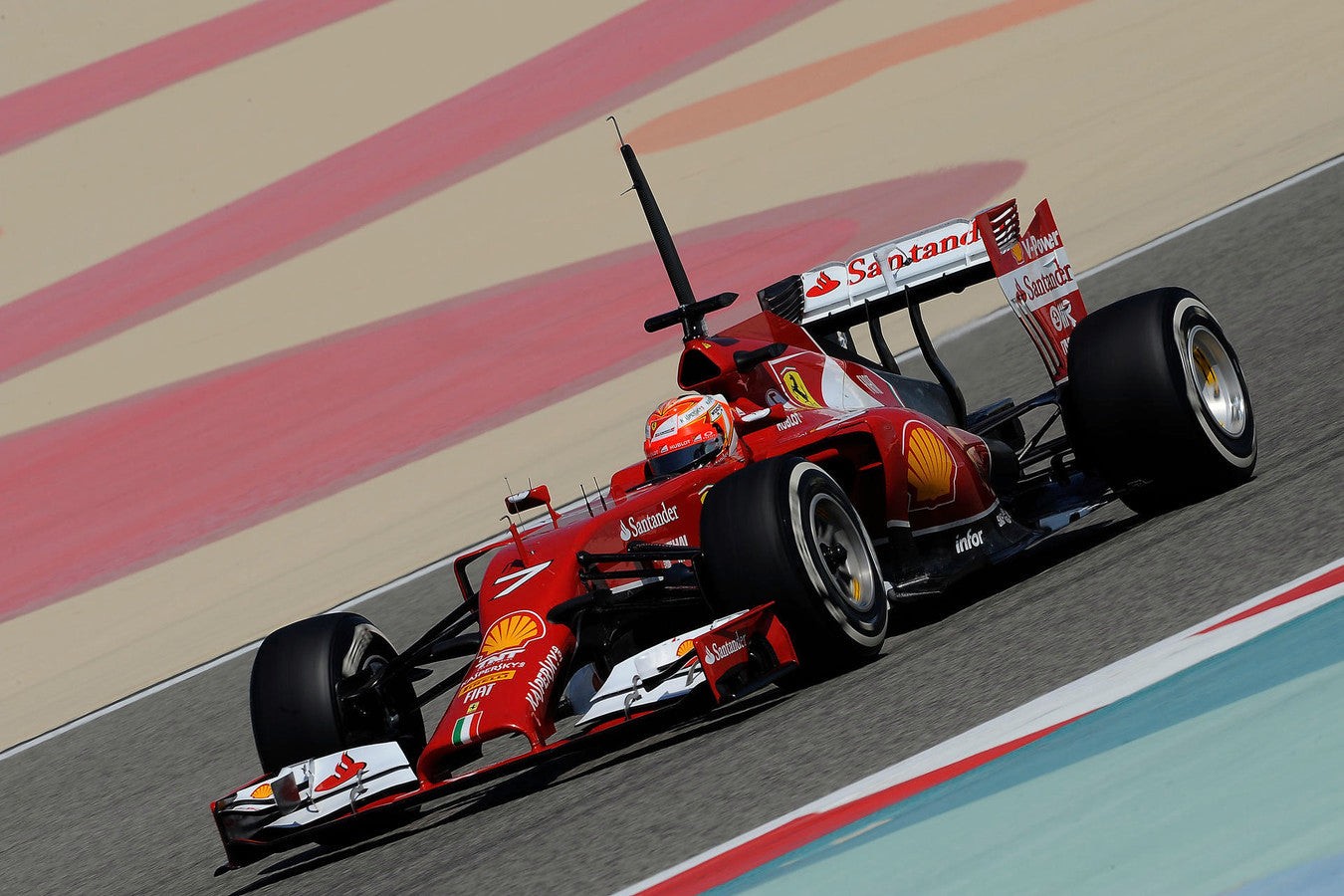
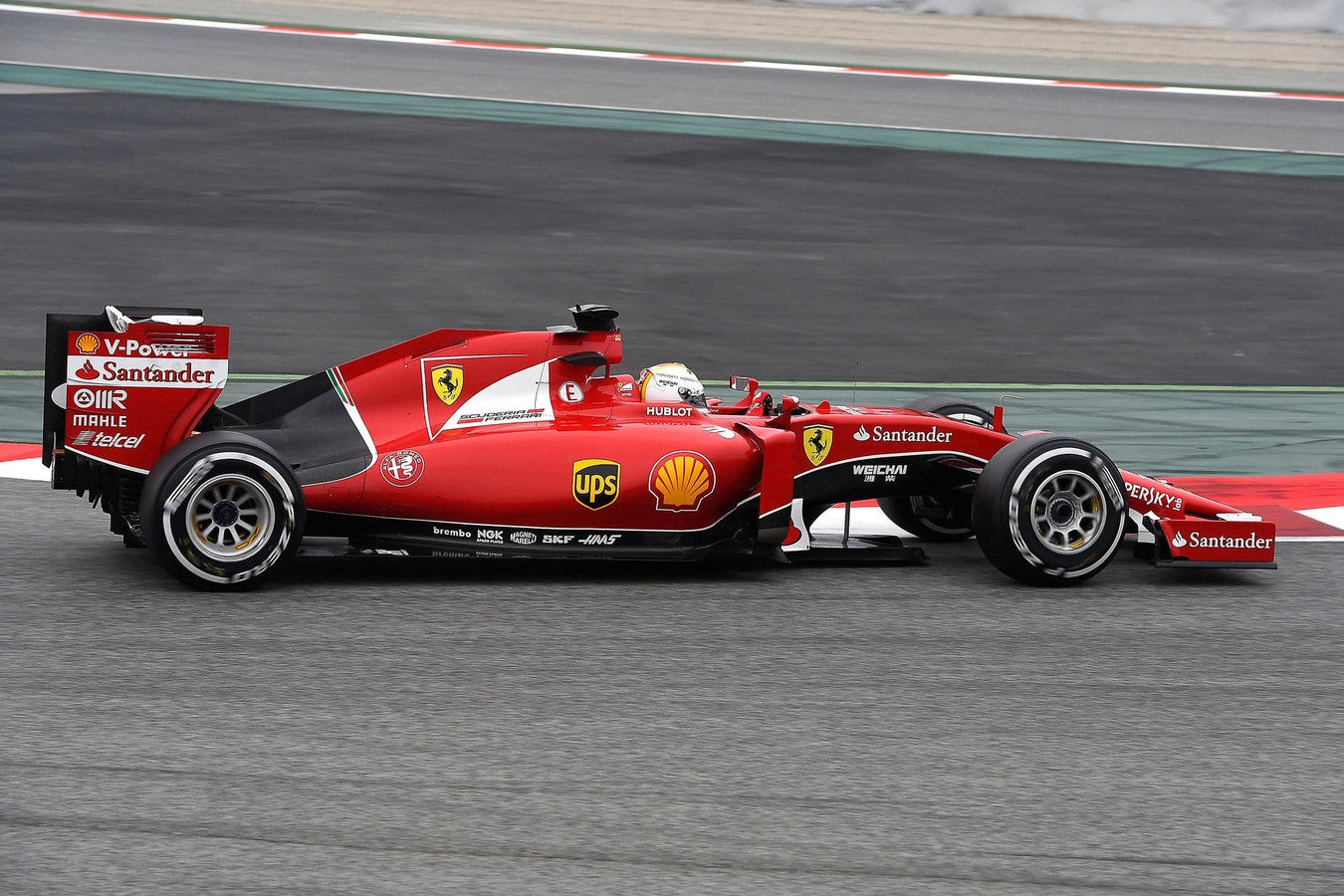
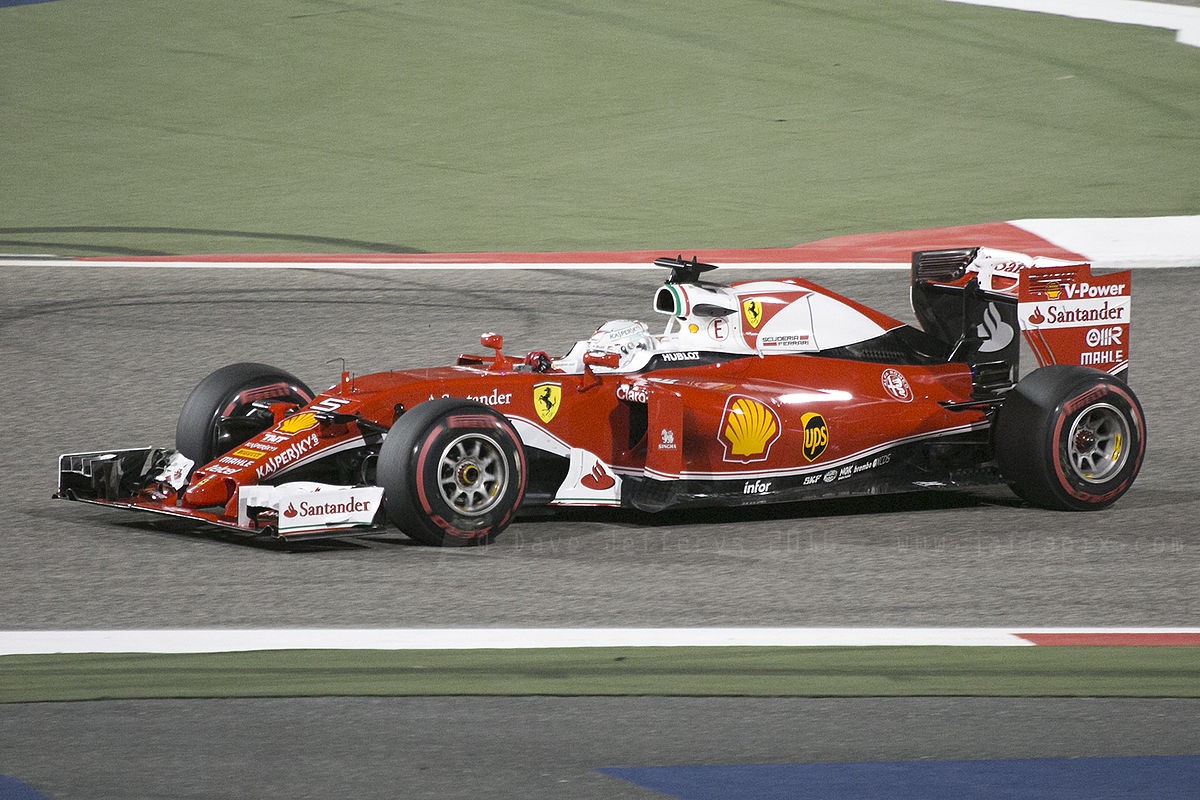
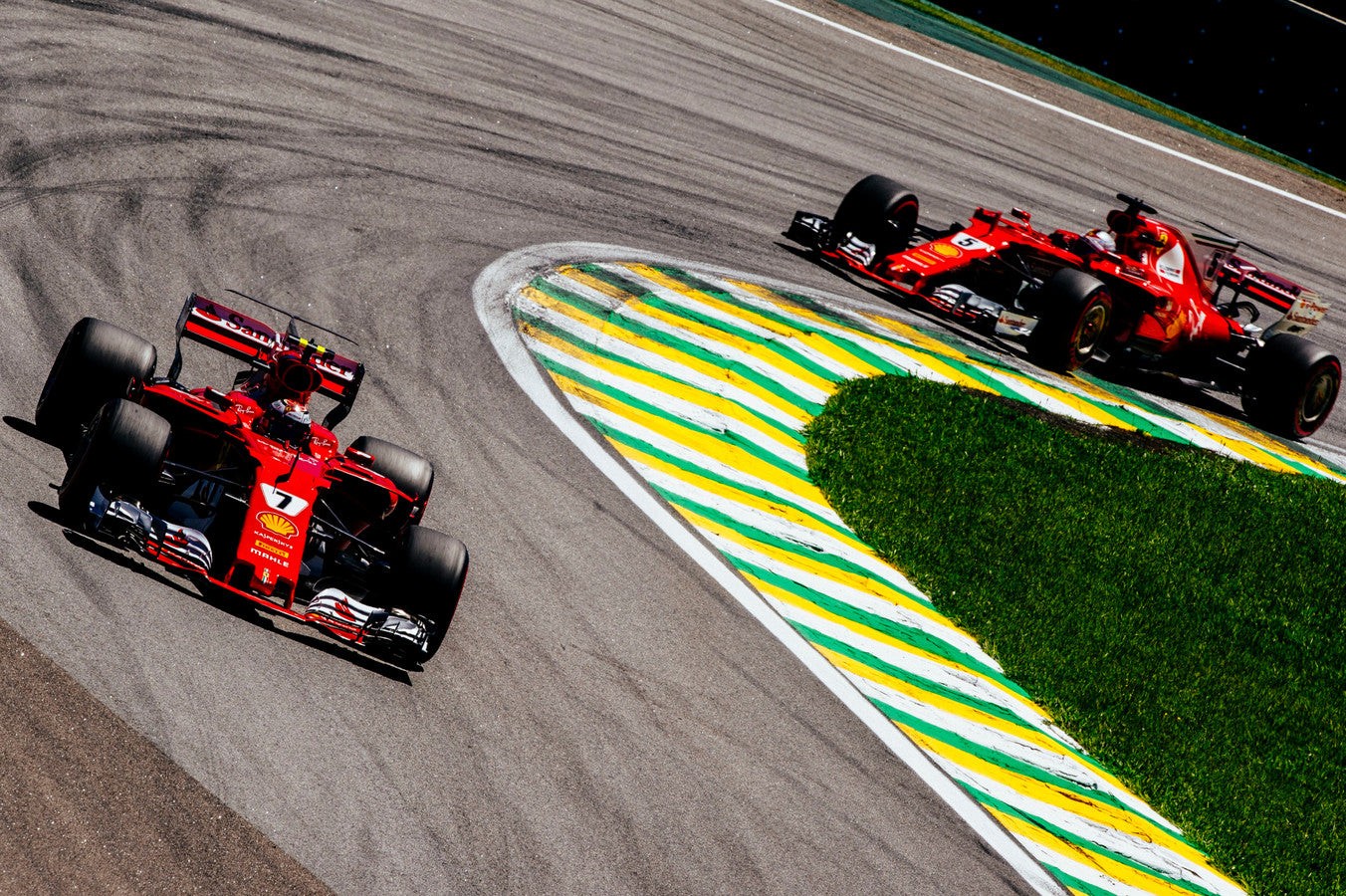
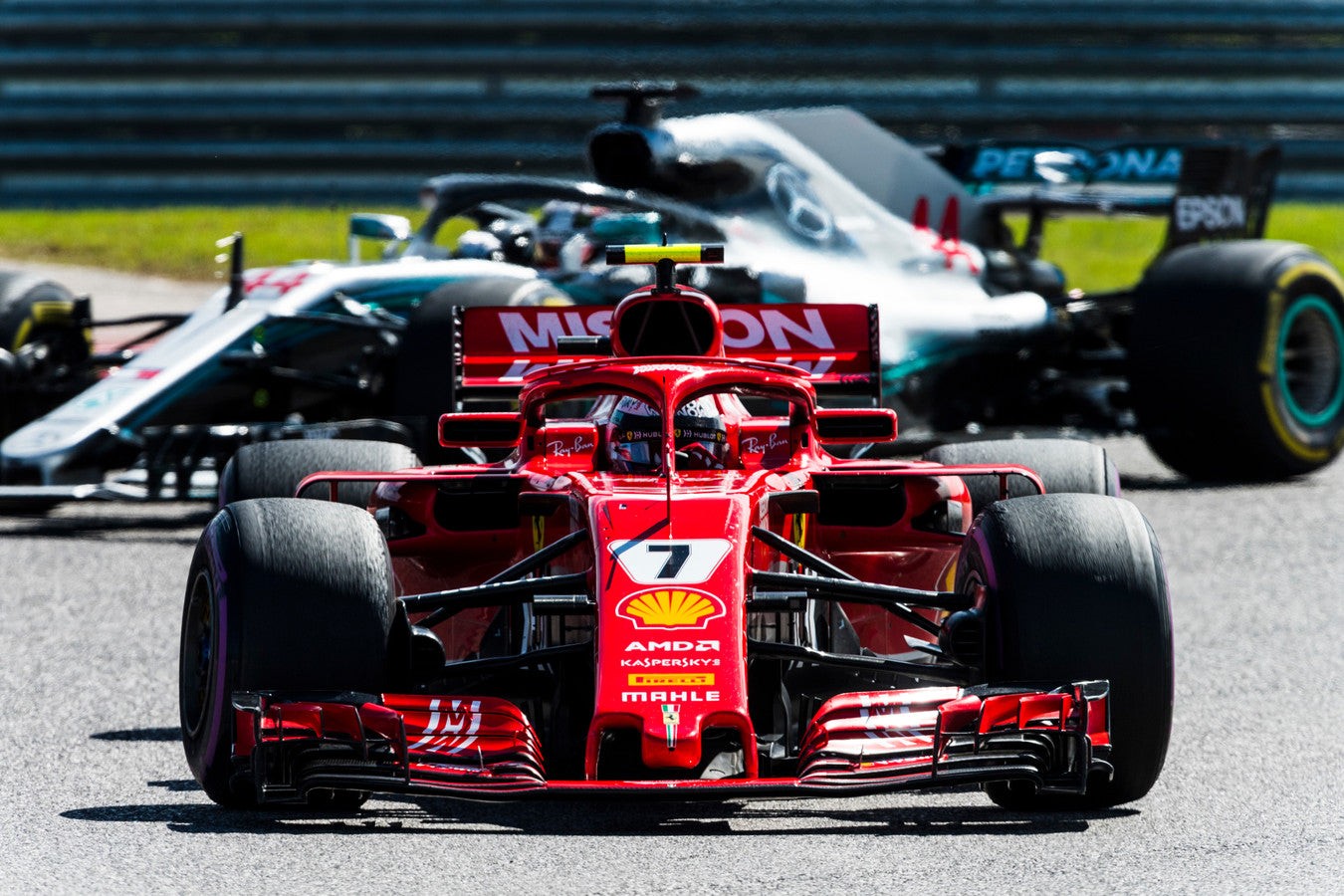
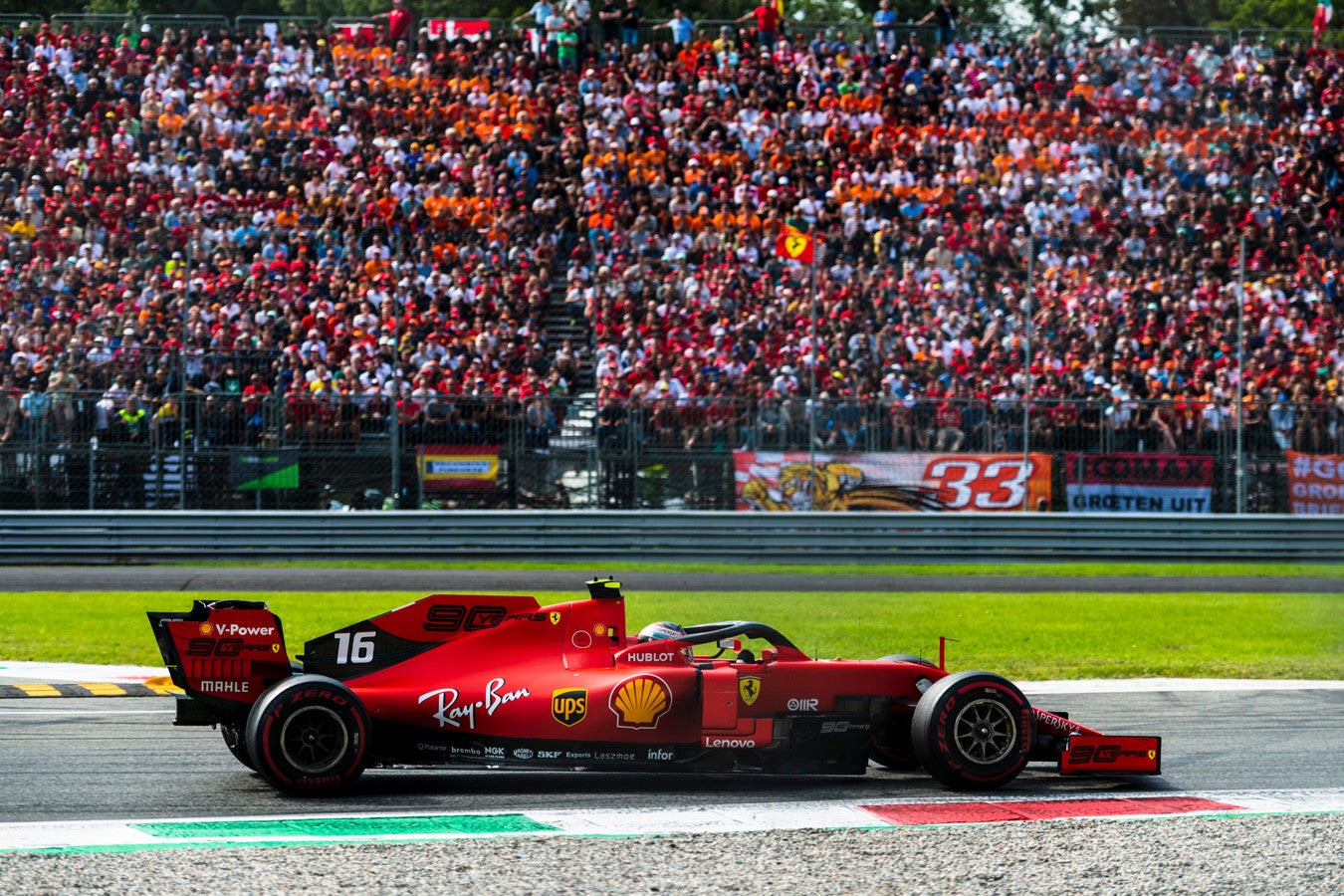
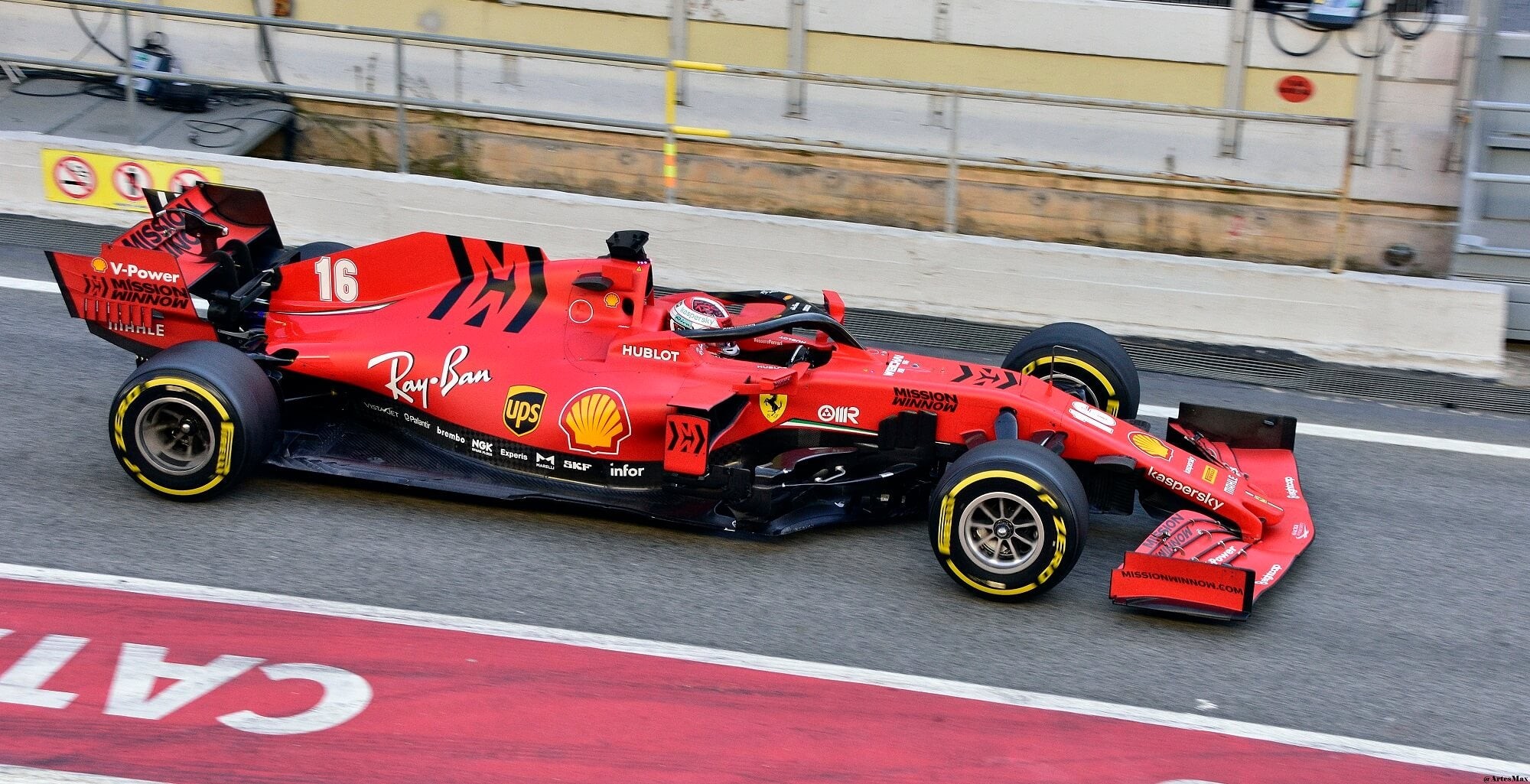
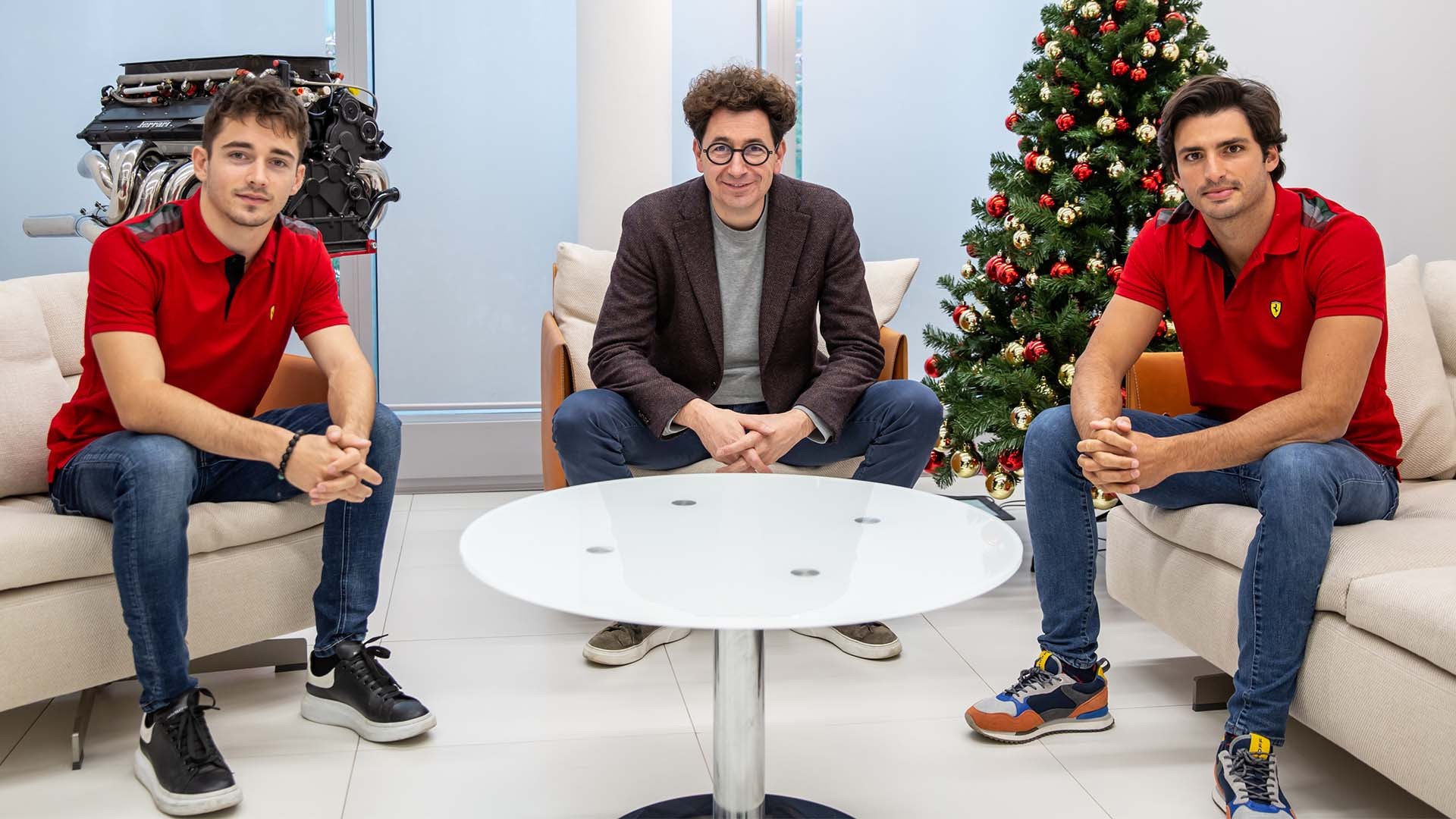
2021: Looking to the Future
With Vettel’s departure to Aston Martin in 2021, Carlos Sainz joined Ferrari from McLaren, partnering with Leclerc. Sainz, known for his talent since his F1 debut in 2015, brought fresh energy to the team. Ferrari aimed for significant improvements in 2021 with an updated engine and a revised chassis, building upon the 2020 chassis due to homologation regulations.
Charles Leclerc and Carlos Sainz as the driver lineup for Ferrari in the 2021 Formula 1 season.
As Ferrari focused on improving with the SF21 in 2021, unveiled on March 10th, the team also turned its attention to the future F1 regulations in 2022. Wolf Zimmermann was tasked with leading the concept design for a radical new engine. Despite challenges encountered in the hybrid era since 2014, Ferrari demonstrated its enduring spirit. History suggests that Scuderia Ferrari possesses the capacity to overcome setbacks and return to the forefront of Formula 1 competition.
Written by Cóilín Higgins.
